When Tibetan wisdom, meditation, and yoga radiate their light across the world
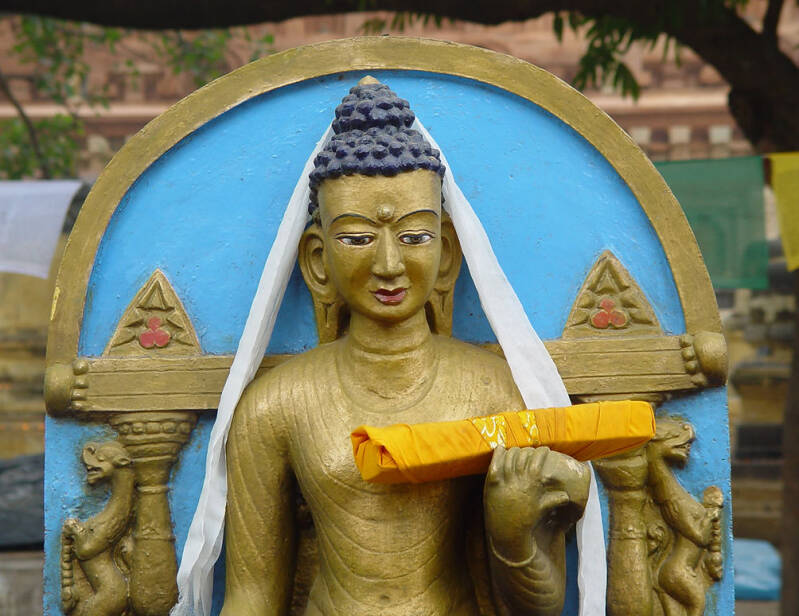
Each year, at the foot of the Bodhi Tree in the sacred sanctuary of Bodhgayā, India, a unique event takes place — the Nyingma Monlam World Peace Ceremony.
Founded in the late 1980s by the Nyingma master Tarthang Tulku, also known as the founder of Kum Nyé, the Tibetan yoga of feeling, this ten-day celebration stands as a beacon of wisdom and compassion in a world that is constantly in motion.
About Tarthang Tulku
Tarthang Tulku Rinpoche is a Tibetan master of the Nyingma tradition, born in 1935 in Tibet. Trained by some of the greatest scholars of his time, he left Tibet in 1959 during the exile and first settled in India, where he taught at the University of Varanasi.
In 1968, he moved to the United States and founded Dharma Publishing, Odiyan Retreat Center, and the Tibetan Aid Project to help preserve the culture, language, and wisdom of Tibet.
Author of more than forty books on meditation, time, knowledge, and inner transformation, he has devoted over five decades to making the Dharma alive, accessible, and universal — a wisdom meant to be lived in everyday life.
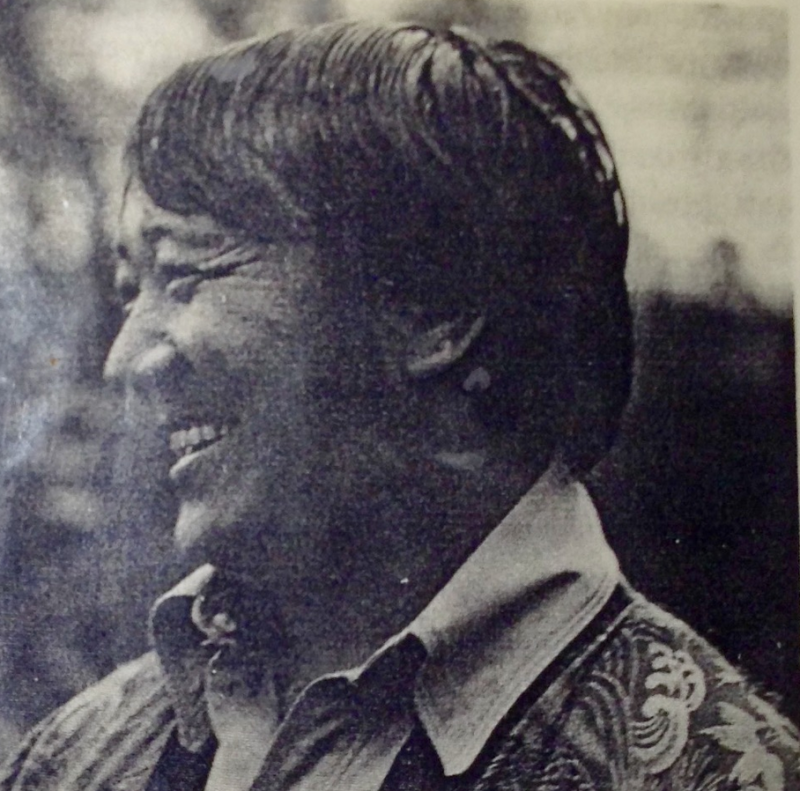
The Birth of a Commitment
In the late 1980s (1989/1990 according to sources), Tarthang Tulku initiated this great prayer ceremony in Bodhgayā, aiming to bring together monks, nuns, and lay practitioners to cultivate peace, harmony, and universal compassion.
Every January, for about ten days, several thousand participants gather in Bodhgayā.
The year 2025 marked the 36th edition of this extraordinary event, which now brings together around 10,000 people — monastic and lay alike — all united by a shared vision of inner and collective transformation.
Spreading Wisdom Through the Gift of Books
Tarthang Tulku’s commitment extends far beyond prayer.
He devoted himself to preserving and transmitting Tibetan wisdom through his publishing house, Dharma Publishing (founded in 1963 in Varanasi, later moved to the U.S.), and its sister project, the Yeshe De Text Preservation Project (founded in 1983).
These books are not sold for profit — they are offered freely each year during the Bodhgayā ceremony as a tangible way to support monasteries, study centers, and practitioners, and to make the ancient teachings of wisdom accessible to all.
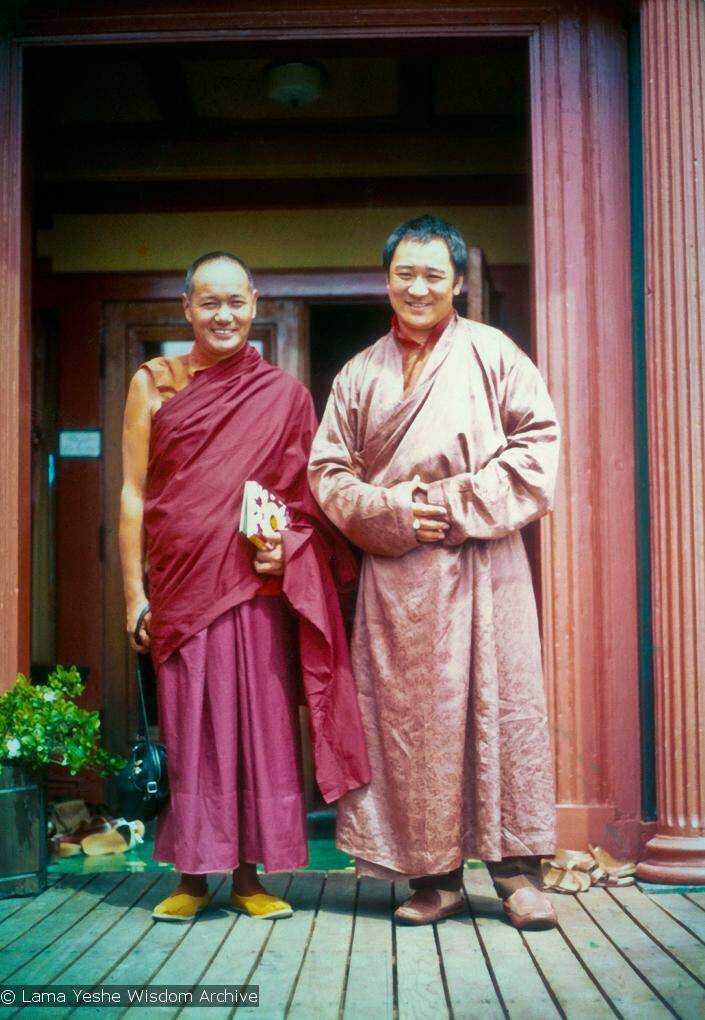
Tarthang Tulku with Lama Yeshe
📚 The Yeshe De Project: Preserving Tibet’s Living Wisdom
Behind the vast distribution of books in Bodhgayā lies an extraordinary initiative — the Yeshe De Text Preservation Project, founded in 1983 by Tarthang Tulku.
Its purpose is both simple and immense: to safeguard the entirety of Tibetan knowledge before it disappears, and to make it once again accessible to all who need it.
In the 1980s, thousands of manuscripts were threatened by time, exile, and the loss of living lineages. The Yeshe De Project undertook the mission to collect, restore, reprint, and freely distribute these texts. Monks and laypeople — Tibetan and Western alike — worked hand in hand to scan, edit, typeset, and print these treasures of Buddhist thought: the Kangyur (the words of the Buddha), the Tengyur (the commentaries of the great masters), as well as rare works on medicine, astronomy, logic, and meditation.
Today, thanks to this project, more than seven million books have been freely offered — representing thousands of years of wisdom preserved. These volumes now circulate once again throughout monasteries, libraries, and the hands of practitioners all across Asia.
Yeshe De has thus become one of the largest cultural preservation programs in the world — a silent action of immeasurable power.
The name Yeshe De means Primordial Wisdom in Tibetan — a form of knowledge that transcends time and language. It perfectly captures the mission of this project: to preserve the universal wisdom contained within the ancient texts.
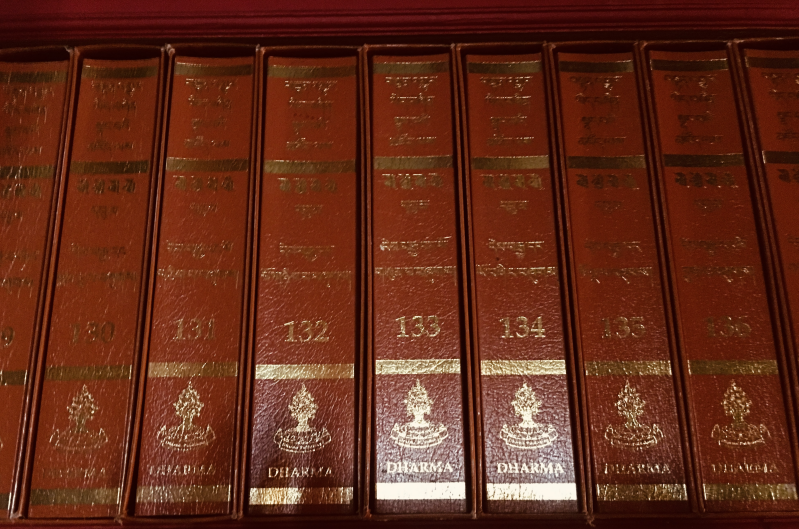
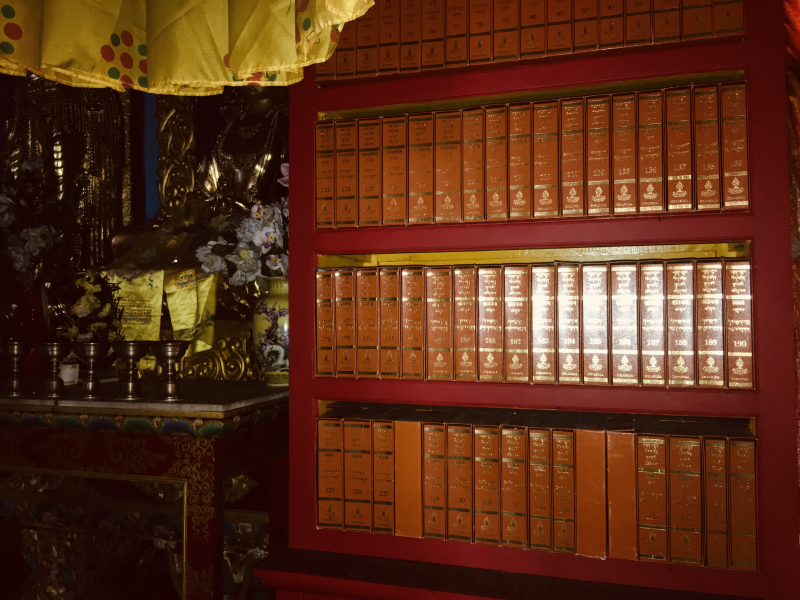
The Power of Numbers Speaks for Itself
Here is a glimpse of what has been accomplished:
-
More than 5.5 million Tibetan texts have been printed and distributed through the Tibetan Aid Project (TAP).
-
Since 1983, over 7 million books have been printed — including complete collections of the Kangyur and Tengyur. Some monasteries have been able to rebuild entire libraries lost during exile or the Cultural Revolution.
-
A remarkable milestone: over 10,000 complete sets of the Kangyur (133 volumes, more than 1,100 texts) have been disseminated.
-
The beneficiaries? More than 3,300 monasteries, nunneries, and Dharma centers across Asia have received these offerings.
-
Other gifts include about 174,400 hand-held prayer wheels and over 3.25 million reproductions of sacred art.
A Long-Term Vision
Beyond the numbers, this work is an invitation — an invitation to join a vast movement where each person, through their practice, awareness, and intention, becomes a carrier of peace.
The fact that millions of volumes have been distributed means that this wisdom no longer remains confined — it flows, inspires, and transforms.
The action of Tarthang Tulku is a radiant example of “wisdom in action” — a living alliance between spiritual practice (prayers for peace) and tangible transmission (the offering of sacred books).

🙏 You Too Can Become a Link in the Chain of Wisdom
You too can be part of this great work of peace and Dharma preservation.
Each book offered, each text printed, is a living bridge between your heart and the timeless Tibetan wisdom that continues to illuminate the world.
By supporting the Tibetan Aid Project, you help monks, nuns, and practitioners across Asia receive sacred texts that nourish their study and spiritual practice — texts that might otherwise be lost or inaccessible.
👉 With a contribution of around €10, you can sponsor the printing of a book and take part in the transmission of this ancient knowledge.
It’s a simple act, yet deeply meaningful — each offering becomes a silent prayer for peace.
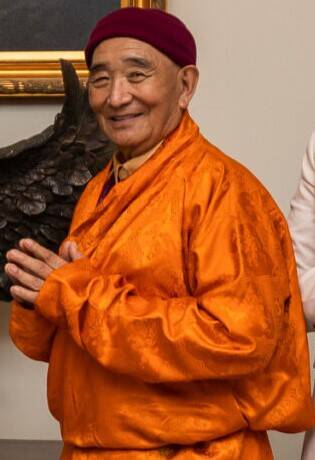


Ajouter un commentaire
Commentaires